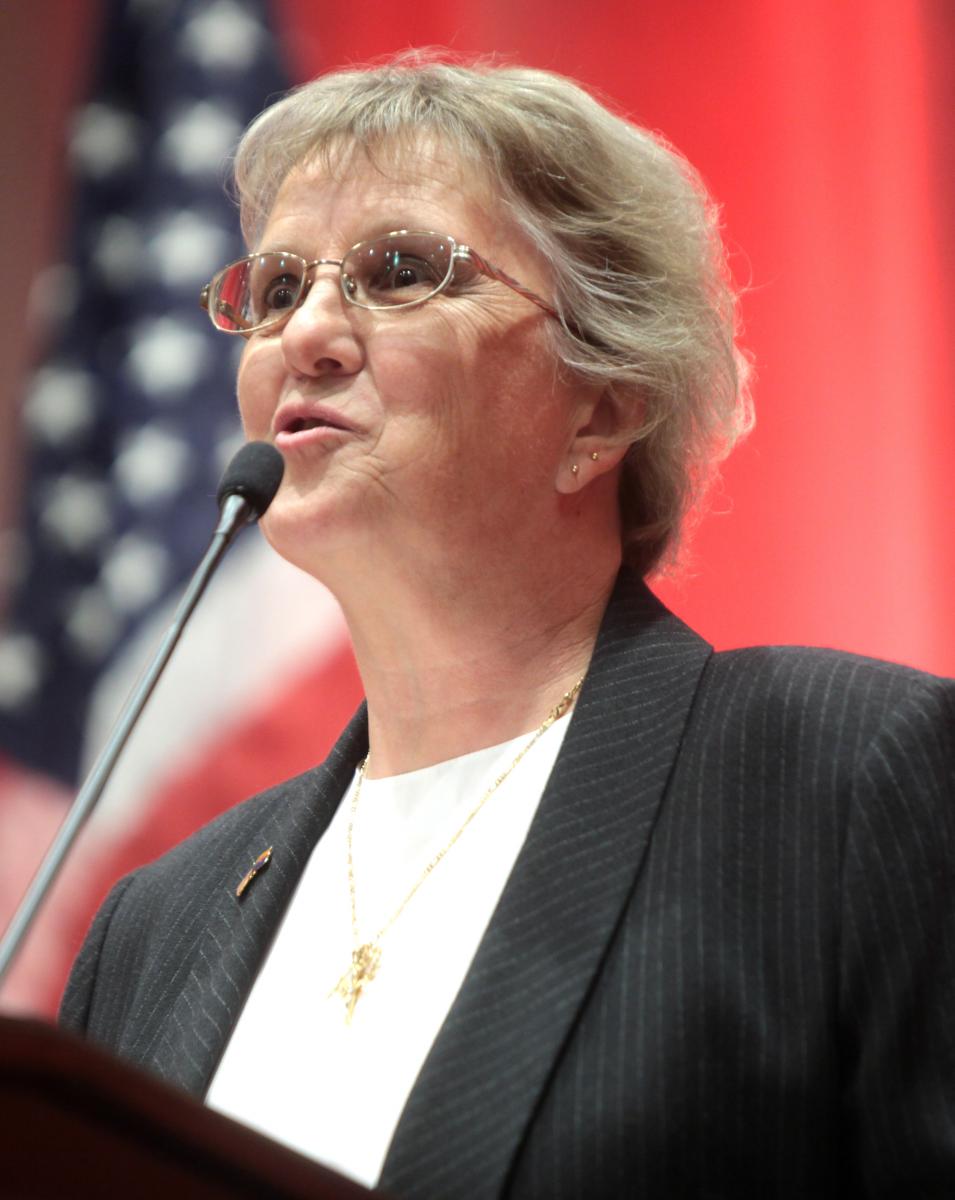 When the news broke in May 2018 that the Arizona Department of Education had tampered with the treatment of evolution in a draft of new state science standards, it was hard to find anyone leaping to the defense of the superintendent of public instruction, Diane Douglas.
When the news broke in May 2018 that the Arizona Department of Education had tampered with the treatment of evolution in a draft of new state science standards, it was hard to find anyone leaping to the defense of the superintendent of public instruction, Diane Douglas.
It didn’t help that KPHX promptly found footage of Douglas saying, during a candidate forum in the preceding November, that she felt that “intelligent design” ought to be taught alongside evolution, explaining, “I had a discussion with my staff, because we’re currently working on science standards, to make sure this issue was addressed in the standards we’re working on.”
So you have to hand it to the Arizona Republic’s columnist Robert Robb, who undertook to defend the edited standards as “unremarkable and unobjectionable” in a subsequent column for the newspaper. Specifically, he argued that even if the edited standards were adopted as is: “Evolution would remain a core concept in the life sciences. There would be no requirement, or even opening, for the teaching of creationism or intelligent design as alternative explanations. Arizona students would not be receiving an inferior science education compared to the students in other states.” None of these three claims, however, is tremendously defensible. Let’s take them one by one.
First, although evolution is still listed in the edited standards as a core concept, the description of the concept was changed for the worse. The writing committee explained it by saying, correctly, “The unity and diversity of organisms, living and extinct, is the result of evolution.” This was then edited to say, ‘The theory of evolution seeks to make clear the unity of living and extinct organisms.” The difference, of course, is that the writing committee’s version clearly says that evolution is correct, while the edited version is studiously agnostic. No comparable “seeks to make clear” language was offered for genetics or cell theory, as the Association for Science Education noted (PDF).
Second, the editing added at least one potential avenue to the introduction of creationism. In one high-school standard (HS.E2U2.17), a reference to the Big Bang was replaced by a reference to unspecified “theories … related to the expansion of the universe.” The change not only drastically understates the degree of scientific consensus on the Big Bang but also potentially opens the classroom door to scientifically unsupported and religiously motivated “alternatives” to the accepted scientific view. And, to the extent that evolution is generally downplayed in the standards, Arizona teachers might infer that there are scientifically credible alternatives to it.
Third, there are a host of ways in which the edits are inaccurate or misleading in ways not reflected in the science standards used elsewhere. Let’s look at a middle-school standard (8.L4U2.12). Here the writing committee’s discussion of how natural selection is able to produce new species was changed to a reference to “processes by which a species may change over time in response to environmental conditions”—which conspicuously omits the emergence of new species altogether. If avoiding the topic of speciation—the, as you might say, origin of species—isn’t enough to make a presentation of evolution inferior, it’s hard to know what would be!
That’s not all that’s wrong with Robb’s column, unfortunately. He seems oblivious to the long-standing confusion between the vernacular and the scientific uses of the term “theory.” He draws a misleading and specious distinction between creationism and “intelligent design,” managing to misrepresent both views in the process. He claims that the Discovery Institute doesn’t think that “intelligent design” should be taught in schools, while ignoring the fact that the director of the Discovery Institute’s “intelligent design” arm coauthored a book advocating for just that—helping, ironically, to lay the groundwork for the decision in Kitzmiller v. Dover.
But it would be unfair not to acknowledge that there’s also a lot that Robb’s column gets right about evolution and the importance of teaching it properly in the public schools. In particular, it’s good to see that he recognizes that there is a clear scientific consensus on evolution, that evolution and not “alternative explanations” ought to be taught in the public schools, that nevertheless “there is a sizable segment of the body politic that would support injecting the concept of a Creator into the science curriculum,” and finally that “[a]rguments about a Creator don’t belong in public schools. And so, vigilance is warranted.”
NCSE, of course, is constantly on guard for threats to the integrity of science education, including in Arizona. In the spring of 2018, Brad Hoge, NCSE Director of Teacher Support, and I reviewed the standards and discussed them with concerned folks in Arizona, and I spoke to several media outlets in the state. But the story isn’t over yet. After a public comment period ended on June 1, 2018, the standards returned for revisions, first by a working group of experts and then, again, by the Department of Education, with a final product expected to be submitted to the state board of education for its approval in September 2018.
As ever, with your support, NCSE remains vigilant.
Image by Gage Skidmore courtesy of Wikimedia Commons, CC BY-SA 3.0

